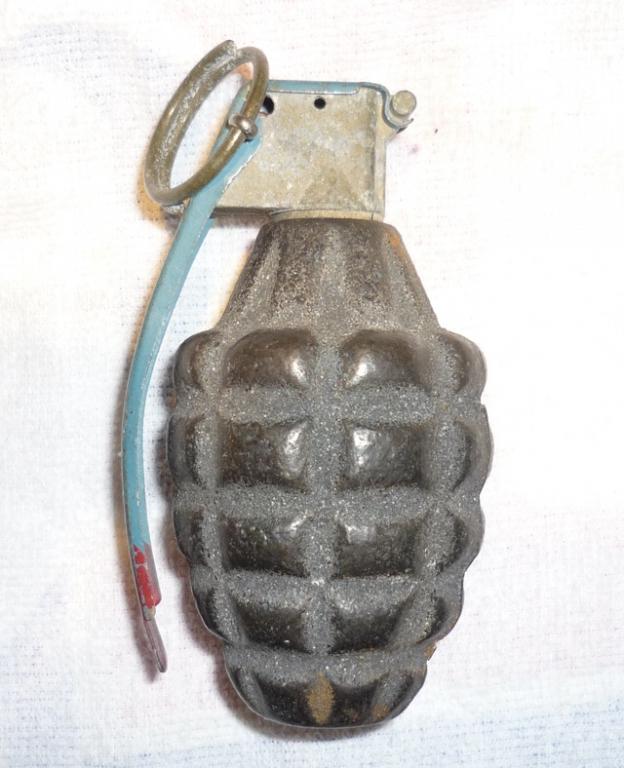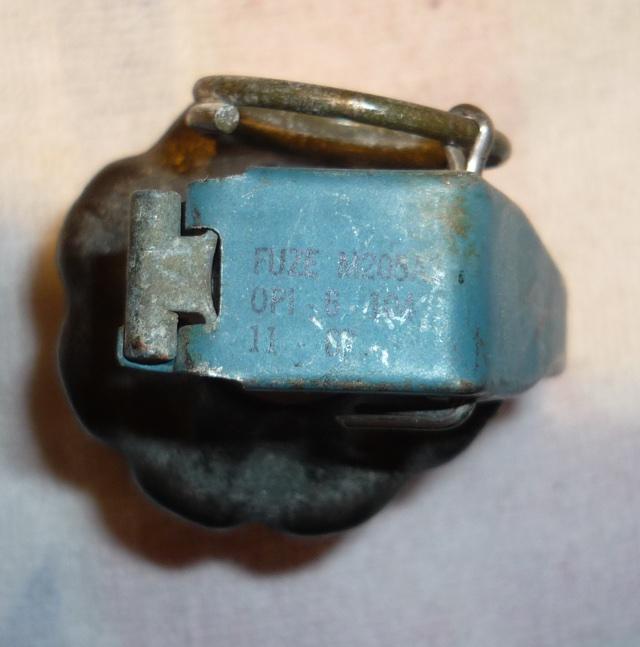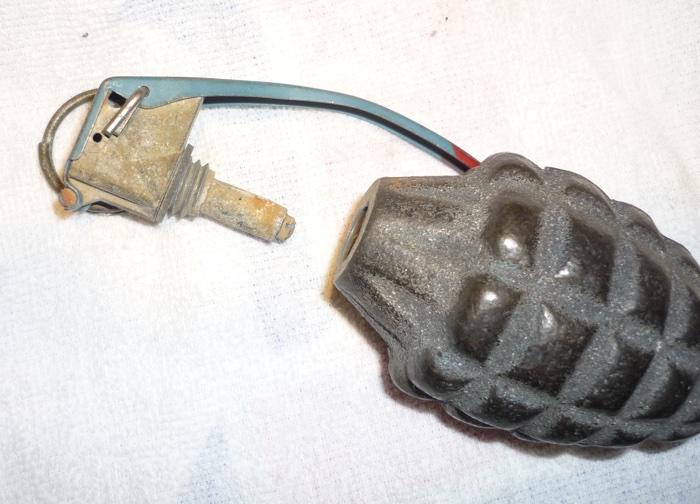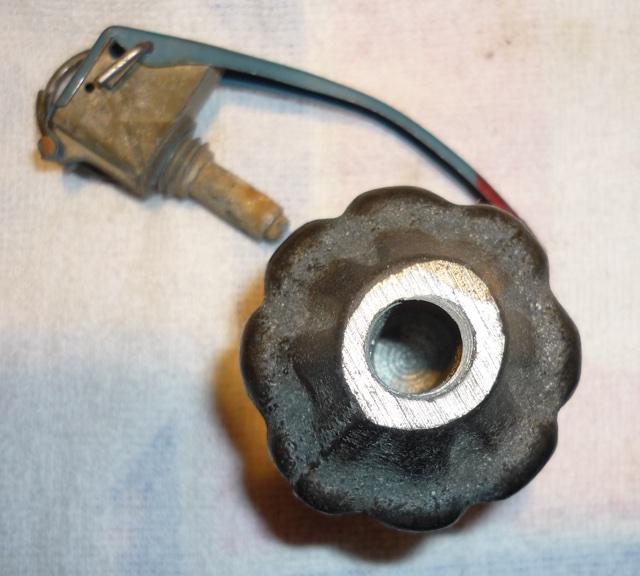-
Legacy Member

Be careful with the display of these artifacts.In 1971 a US citizen was reported to have grenades to the ATF.
They raided his home and when he heard the break in he responded with a percussion pistol and he was shot in the head.
His name was Kenyon (Ken) Ballew. It just goes to show you that you can never predict how an informant and your government may behave.
The consequences for an innocent person can be severe.
https://en.wikipedia.org/wiki/Ken_Ballew_raid

Originally Posted by
aspen80

I lucked out today when I was contacted by my local gun store.
He took in a "box" that had some odds and ends of some war stuff, two of which were demilled pineapple grenades. Is there some where I could find the "levers", spoons what ever they were called?
-
-
09-10-2016 02:36 PM
# ADS
Friends and Sponsors

-
Contributing Member



Originally Posted by
ireload2

Be careful with the display of these artifacts.In 1971 a US citizen was reported to have grenades to the ATF.
They raided his home and when he heard the break in he responded with a percussion pistol and he was shot in the head.
His name was Kenyon (Ken) Ballew. It just goes to show you that you can never predict how an informant and your government may behave.
The consequences for an innocent person can be severe.
https://en.wikipedia.org/wiki/Ken_Ballew_raid
Hmmm, smells like Ruby Ridge. Yet another reason to mistrust the feds...
Russ
-
-
-
Legacy Member

-
-
FREE MEMBER
NO Posting or PM's Allowed

-
Legacy Member

I read somewhere that the surface of the British Mills bomb grenade is not patterned with the raised segments to aid fragmentation but merely to aid grip when throwing. I guess that the U.S. pineapple grenade is fashioned this way for the same reason, to aid grip?
Mills bomb grenade is not patterned with the raised segments to aid fragmentation but merely to aid grip when throwing. I guess that the U.S. pineapple grenade is fashioned this way for the same reason, to aid grip?
-
-
Advisory Panel


No, it's for fragmentation. Now they serrate inside. And it's still for fragmentation.
-
Thank You to browningautorifle For This Useful Post:
-
Legacy Member

I remembered that I read about the serration lines on Wikipedia. Looking it up again, it does reference Mill's notes stating that the serrations were for grip not fragmentation and that in practice they didn't tend to fragment along the serration lines.
-
-
Legacy Member

When I was a youngster, my dad (a USMC reservist at the time and eventual USN Desert Storm attendee at 55) gave me a "practice" grenade. It was cast iron including the spoon. As I recall it was hollow with a hole in the base. I don't remember if there was a hole for a cotter pin and pull ring or not. Unfortunately it disappeared during the intervening 45 years. It would have been cool to have today.
Dave
-
-
FREE MEMBER
NO Posting or PM's Allowed

I also read that the bumps or pineapple shape along with the serrations was supposed to aid in fragmentation. But the grenades didn't follow the plan though. The modern USA grenade has a long coil of notched wire inside that is supposed to break up into small pieces and generate more shrapnel. But I don't think that it does it very well either. The old fashioned, load them up with little bits and pieces of metal, probably still works well.
grenade has a long coil of notched wire inside that is supposed to break up into small pieces and generate more shrapnel. But I don't think that it does it very well either. The old fashioned, load them up with little bits and pieces of metal, probably still works well.
-
Legacy Member

I don't think that we can simply ignore what is stated on Wikipedia concerning the raised sections/bumps of the Mills Bomb because it does credit the source/reference back to Mills himself, the man who designed it. Does anyone have any evidence that the raised sections are intended to fragment and if so could we see it, please? At Militaria sales and fairs etc here in the U.K. you do, sometimes, see bits of exploded Mills Bombs that have been dug up. The bits that I have seen, offered for sale in the past, have been fairly large parts of the casing and haven't appeared to have fragmented too well.
-















 PM
PM














